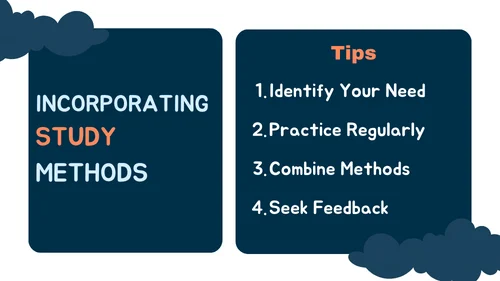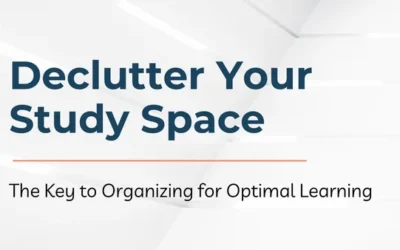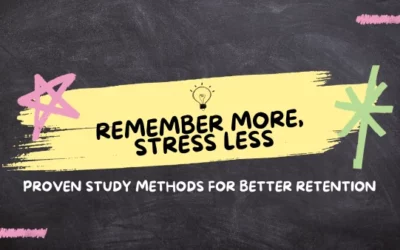Ah, exams. That time of year when the air becomes a bit crisper, the nights a bit longer, and the stress levels of students in Mardan and all over KPK? Through the roof.
But what if there was a way to not just survive but thrive during exam season? If there was a method to recall all that you’ve learned without resorting to those dreaded all-nighters?
Enter the world of effective study methods. You see, retaining information isn’t just about hours spent with your nose buried in a book. It’s about how you study. And today, dear students, we’re unveiling the magic tricks – well, study methods – that can help you remember more and stress way less. So, shall we dive in?
1. Chunking: The Art of Breaking it Down
Remember the last time you tried gulping down a giant peshawari chapli kebab in one bite? Yeah, it’s impossible. Similarly, our brains prefer digestible, bite-sized pieces of information.
Why it Works: Our brain’s short-term memory can hold only a limited number of items at once. By grouping information, you’re essentially making it easier for your brain to handle and recall.
How to Do It: Let’s say you’re trying to remember a long list of historical dates. Instead of rote memorization, group them by century or significant events. Create a timeline, perhaps!
2. Mnemonics: The Memory-Boosting Magic Spell
Remember PEMDAS from your math classes? Or perhaps “Every Good Boy Deserves Fruit” from music lessons? Those are mnemonics!
Why it Works: Mnemonics create a story or association for our brains. By connecting new information to what we already know, it becomes easier to recall.
How to Do It: Suppose you’re studying the major rivers in Pakistan for your geography test. You could use the first letter of each river to form a catchy phrase or story. The crazier, the better!
3. Visualization: Painting Mental Imagery
Picture this: A giant, animated physics book dancing around in a traditional attan. Ridiculous? Yes. Memorable? Absolutely!
Why it Works: Our brain is primarily an image processor, not a word processor. Images (especially unusual ones) stand out in our memory, making it easier to recall complex concepts.
How to Do It: Let’s say you’re learning about cellular processes in biology. Instead of just reading, visualize cells as a bustling city, with each organelle performing a specific job. Animated videos and diagrams can further enhance this technique.
Incorporating These Methods into Your Study Routine

By now, you might be wondering, “These methods sound great, but how do I make them a part of my routine?” Here are some quick steps:
- Identify Your Need: Before you dive into mnemonics or visualization, identify the topics or areas you struggle with the most.
- Practice Regularly: Like any skill, the more you practice these methods, the better you become. So, keep at it!
- Combine Methods: There’s no rule that says you can’t use chunking and mnemonics together. In fact, combining methods can sometimes yield the best results.
- Seek Feedback: Share your mnemonics or visualizations with friends. Sometimes, they might come up with an even catchier phrase or a more vivid image.
Final Thoughts: Why Settle for Less?
Remember, students of Mardan and KPK, studying isn’t just about time spent; it’s about the techniques employed. With chunking, mnemonics, and visualization in your arsenal, you’re not just studying; you’re optimizing your brain’s ability to retain.
So, the next time exam stress looms large, ask yourself: Are you ready to remember more and stress less? With these methods, we bet you will!






0 Comments